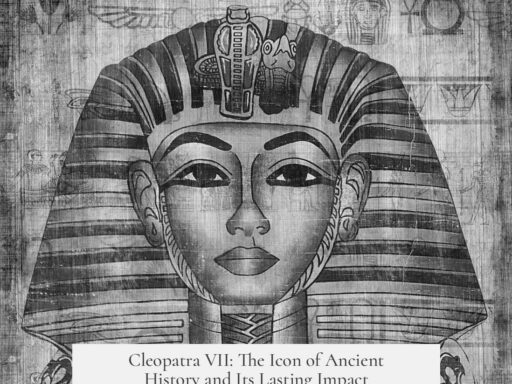The game known today as “Rock, Paper, Scissors” did not originally include scissors before the invention or introduction of the cutting tool. Early versions of the game relied on symbolic figures such as animals or social roles that followed a cyclical pattern of dominance, rather than the concrete hand signs of rock, paper, and scissors familiar today.
The earliest accounts of the game trace back to China during the Han dynasty (around 200 BC to 200 AD), evidenced by mentions in the Ming dynasty book Wuzazu by Xie Zhaozhe in the early 1600s. Despite the reference, the exact mechanics of this original version, locally known as “shoushiling,” remain unclear. The game then traveled to Japan, where it evolved into a category of hand games called “sansukumi-ken,” comprising several variants.
One notable Japanese variant is “mushi-ken,” which features a frog, a slug (likely a centipede), and a snake. Each creature beats another in a rock-paper-scissors style loop: the frog defeats the slug, the snake overpowers the frog, and the slug beats the snake. In this version, players represent these animals with specific finger gestures (thumb for frog, pinkie for slug, index finger for snake). This approach emphasizes natural or symbolic dominance rather than physical objects.
Another popular variant is “kitsune-ken,” involving a fox, a village head, and a hunter. The hunter kills the fox, the village head dominates the hunter, and the fox tricks or “defeats” the village head. Players used both hands for gestures. This represents another symbolic three-way relationship grounded in social hierarchy and folklore instead of rock, paper, or scissors.
While bronze scissors existed in ancient Mesopotamia as early as circa 1500 BC, their design was primitive without a pivot. The modern scissor with pivoted iron blades dates back to the Roman Empire, around 100 AD. Despite this, the symbolic use of scissors in the game likely arrived much later, after the instrument’s design diffused through Asia and became culturally significant. The exact timing of incorporating the “scissors” hand sign occurred during Japan’s Edo or Meiji periods (1603-1912), probably in the 19th century. This aligns with the spread of the tool and cultural exchanges that popularized the modern rock-paper-scissors trio.
Historical records suggest early versions of the game relied on symbolism from animals or social archetypes rather than familiar objects. Players used different finger gestures symbolizing these elements, creating a cyclical game with no scissors component. The formal integration of scissors corresponds with technological advances and cultural adaptation, solidifying the form of the game we recognize today.
| Pre-Scissors Game Variants | Dominance Cycle | Gestures |
|---|---|---|
| Mushi-ken | Frog > Slug; Snake > Frog; Slug > Snake | Thumb, pinkie, index finger |
| Kitsune-ken | Hunter > Fox; Village Head > Hunter; Fox > Village Head | Both hands, multiple gestures |
These variations illustrate alternatives to the familiar rock-paper-scissors associated with symbolic, cultural narratives instead of physical objects. The introduction of scissors into the game came after the tool was widely known and incorporated into playful contexts.
In conclusion, before scissors were invented or culturally integrated into the game, “Rock, Paper, Scissors” worked as a symbolic contest among animals or social figures using designated gestures. Its core principle of cyclical dominance remained, but neither scissors nor paper as we know them existed in those versions. The game’s modern incarnation represents an evolution tied to technological progress and cross-cultural exchange.
- Early game origins trace to China’s Han dynasty without scissors.
- Japanese “sansukumi-ken” variants relied on animal or social figure cycles.
- Scissors as a tool evolved by Roman times but entered the game centuries later.
- Modern rock-paper-scissors form emerged in Japan during Edo/Meiji periods.
- Pre-scissors games used finger gestures representing symbolic figures.
How did the game work before scissors were part of it?
It used a cycle of dominance among animals or social roles, not objects like scissors. For example, in Japan’s “mushi-ken,” frog beat slug, slug beat snake, and snake beat frog.
What symbols replaced scissors in early versions?
Animal figures like frogs, slugs (or centipedes), snakes, and social roles such as foxes, village heads, and hunters were used instead of scissors.
Did the early game involve paper or rock gestures?
No. The traditional cycle focused on animals or roles, without the modern rock or paper symbols. Gestures were based on finger positions symbolizing those creatures or people.
When did scissors enter the game?
Only after the technological spread of scissors tools into East Asia did the scissors symbol appear. This occurred much later, around the Edo or Meiji periods in Japan.
Were hand gestures different before the modern version?
Yes. Some versions used multiple fingers or even both hands to represent their symbols, unlike the simple single-hand gestures in modern rock-paper-scissors.




